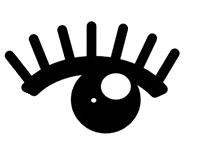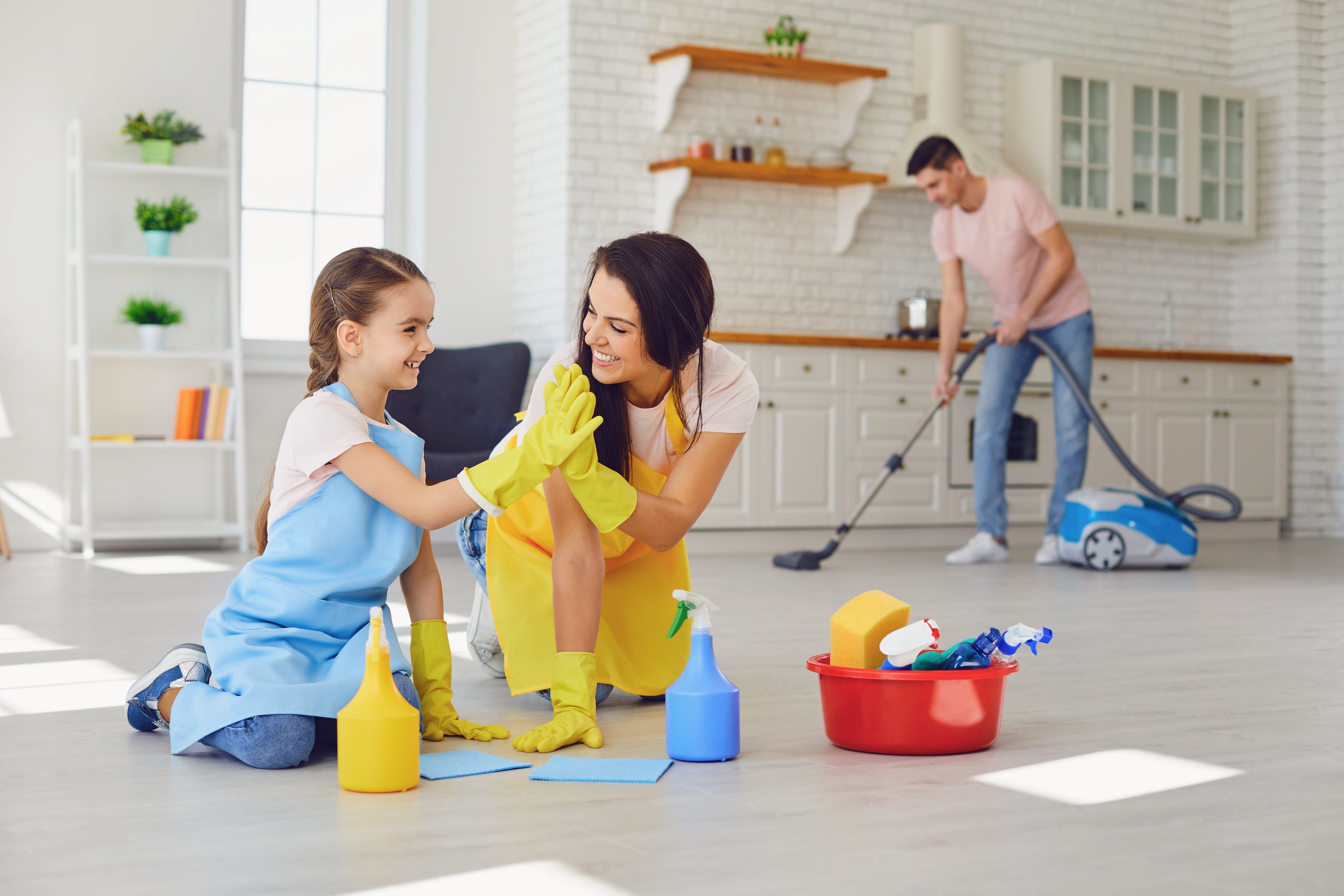Avoid these Home Eye Hazards
Stay save by avoiding these home eye hazards.
Since the beginning of the pandemic (March, 2020), many of us have transitioned to working from home, exercising at home, cleaning and working on home improvement projects and yard work. Did you know these activities can be a major threat to the eye? According to a national survey by the American Academy of Ophthalmology, nearly half of all serious eye injuries occur at home and only 35% of Americans wear protective eye-wear during these activities.
What activities are dangerous?
Exercising. Resistance bands can snap back into the eye. Eye injuries in sports are common, such as boxing, wrestling, kickboxing, and martial arts. Beware of small children that may not know to stay out of your way during these activities.
Cooking. The splatter from hot grease or oil can get into the eye. Use grease shields on frying pans to protect yourself from splattering.
Cleaning. Household cleaning products such as bleach causes 125,00 eye injuries per year. Make sure the bottle caps and lids are secured tight to avoid accidental spilling Wear gloves and avoid touching your eyes.
Opening champagne bottles. Wrap a towel or cloth around the top of the bottle while unscrewing it to ‘catch’ the cork. Never point a champagne bottle towards another person or yourself when opening it.
Curling irons. The eye can come into contact with these while curling your hair close to the face and cause serious eye burns.
Home improvement. Screws, nails and hand tools can launch into the air and into your eyes. Power tools can also send wood chips or other substances flying.
Yard work. Lawnmowers, trimmers and even shovels can throw dirt and debris into the air and in your eyes. Branches, twigs, and thorns can also be dangerous.
How to stay safe during home activities
Wear protective eyewear. This can reduce your risk for eye injury by 90%!
The American Academy of Ophthalmology urges every household to have at least one pair of ANSI-approved protective eyewear. (“ANSI-approved” means the protective eyewear is made to meet safety standards of the American National Standard Institute.)
Remember that people and children nearby also face risk of serious eye injuries. Bystanders should also wear eye protection or leave the area where the chore or activity is being done.
If you or a family member experiences eye injury, seek immediate medical attention by call your Ophthalmologist.

